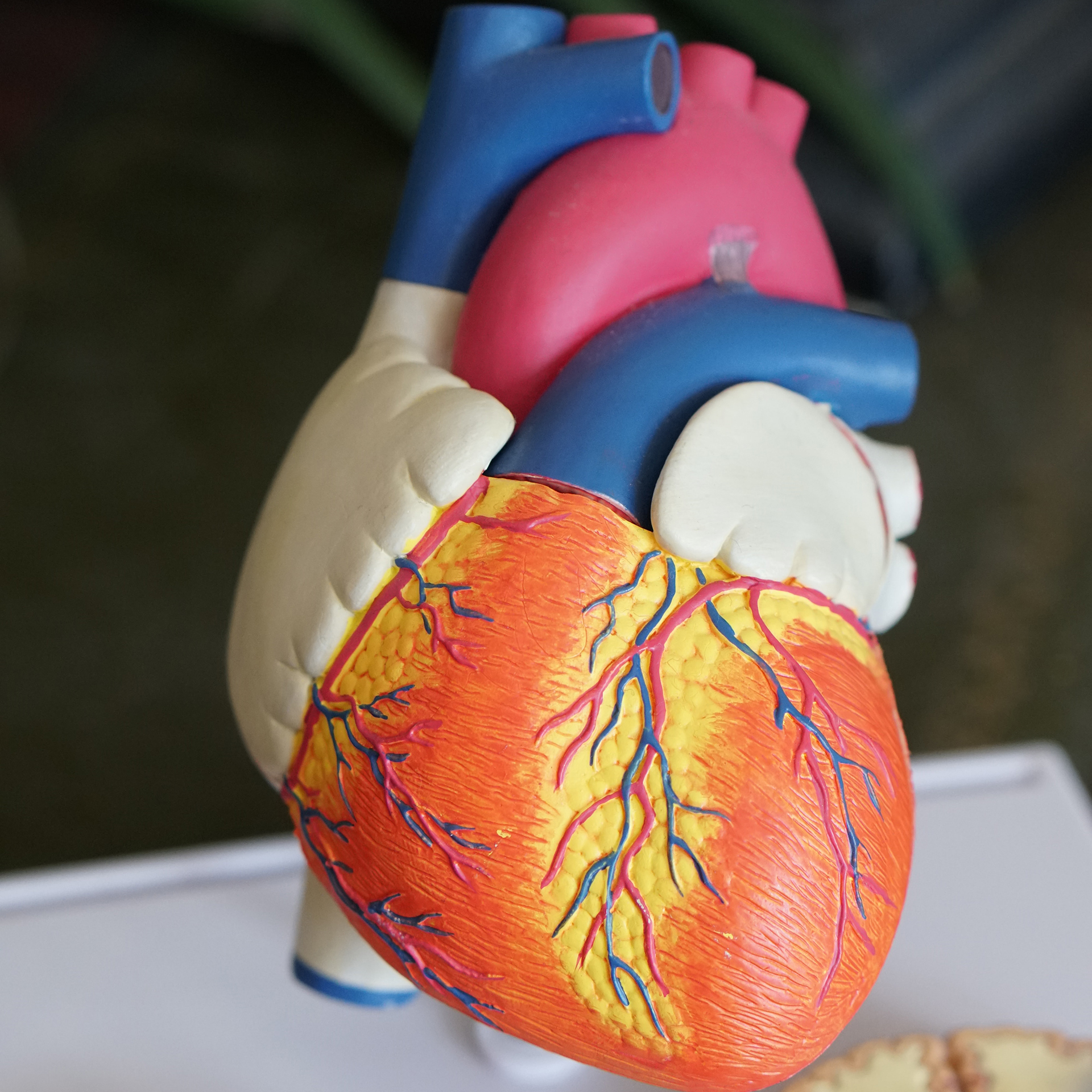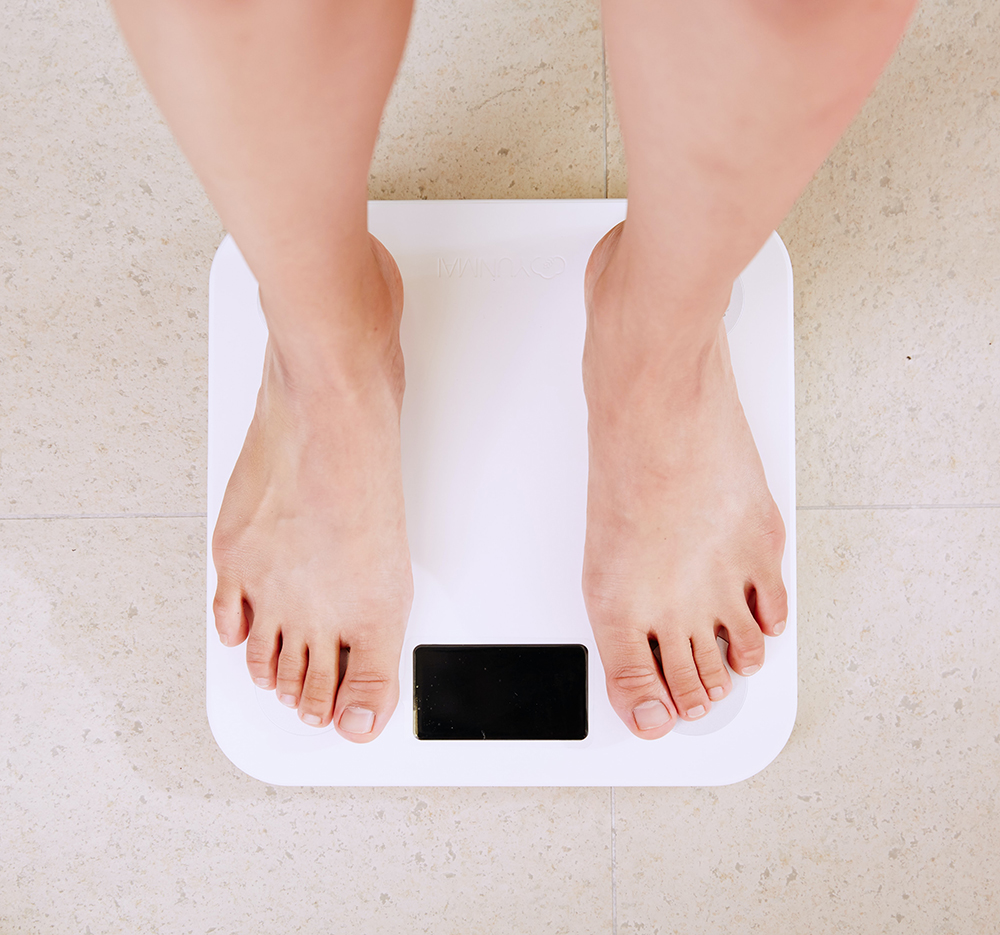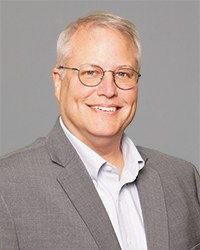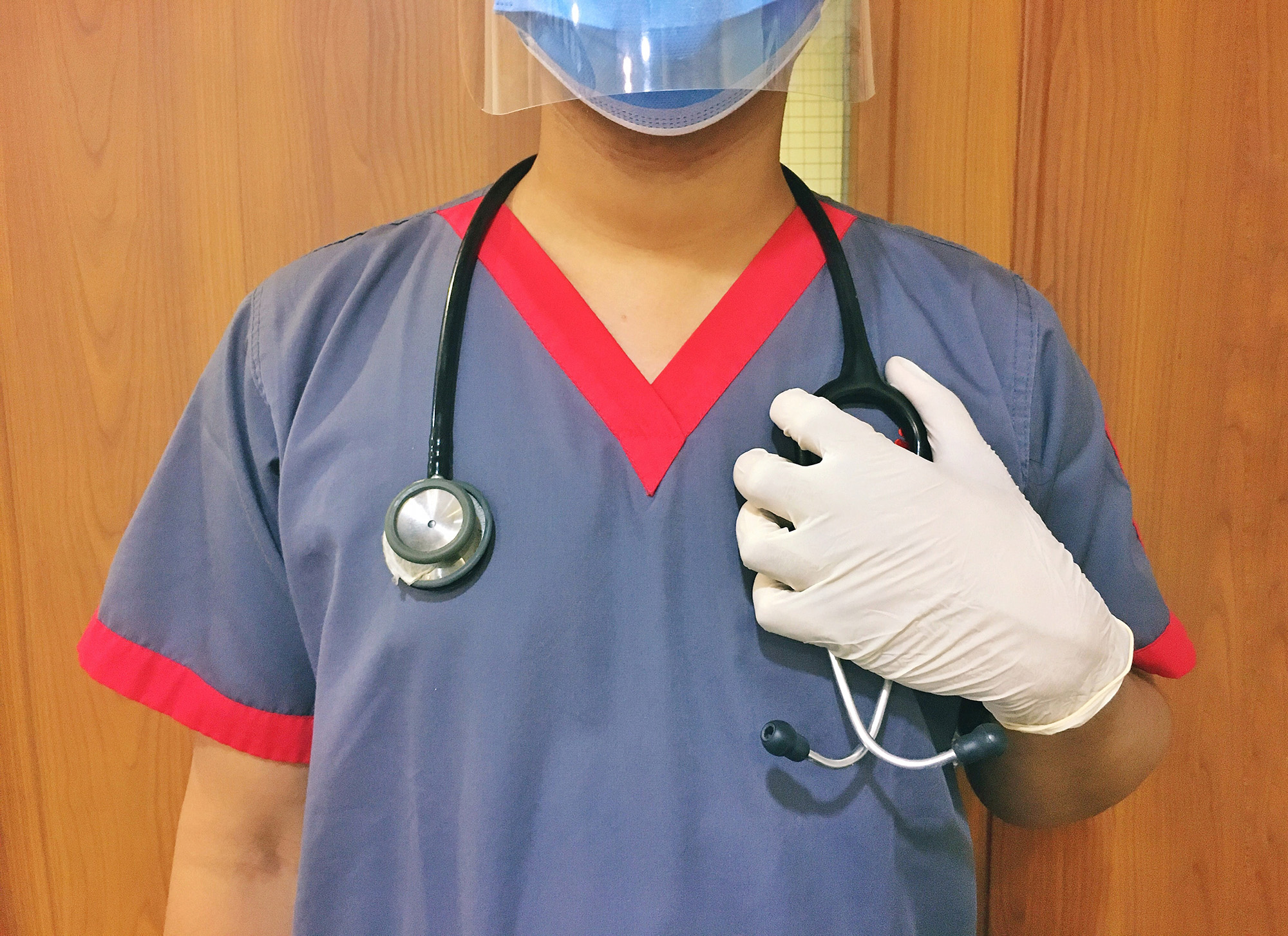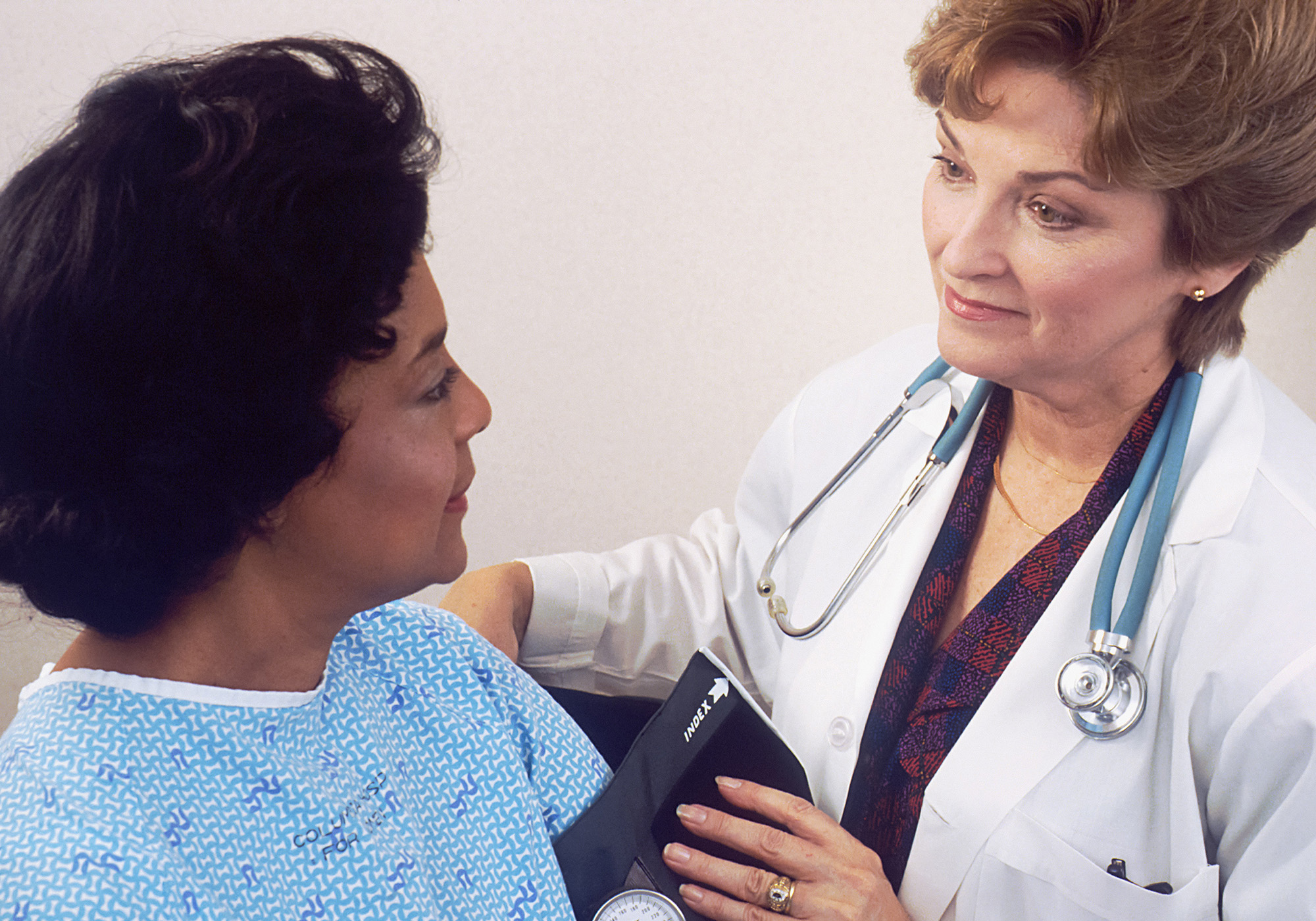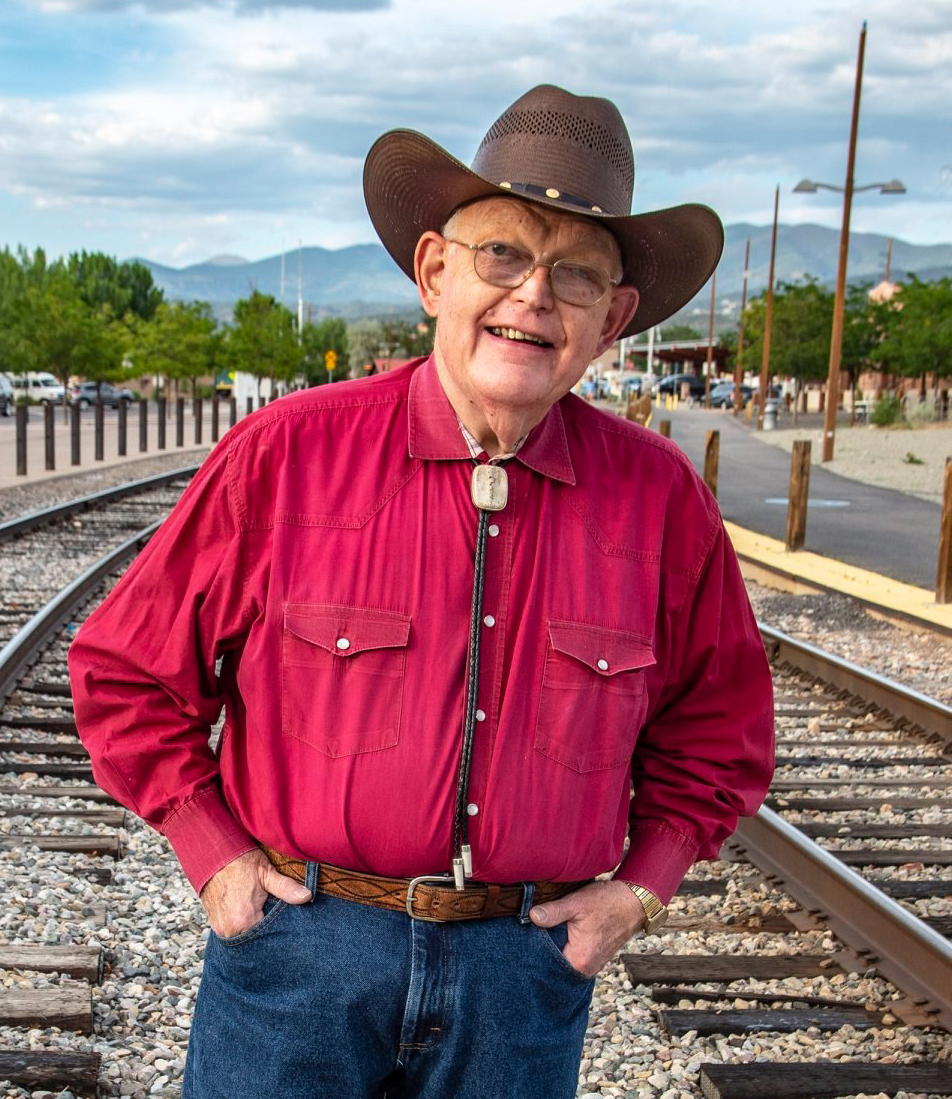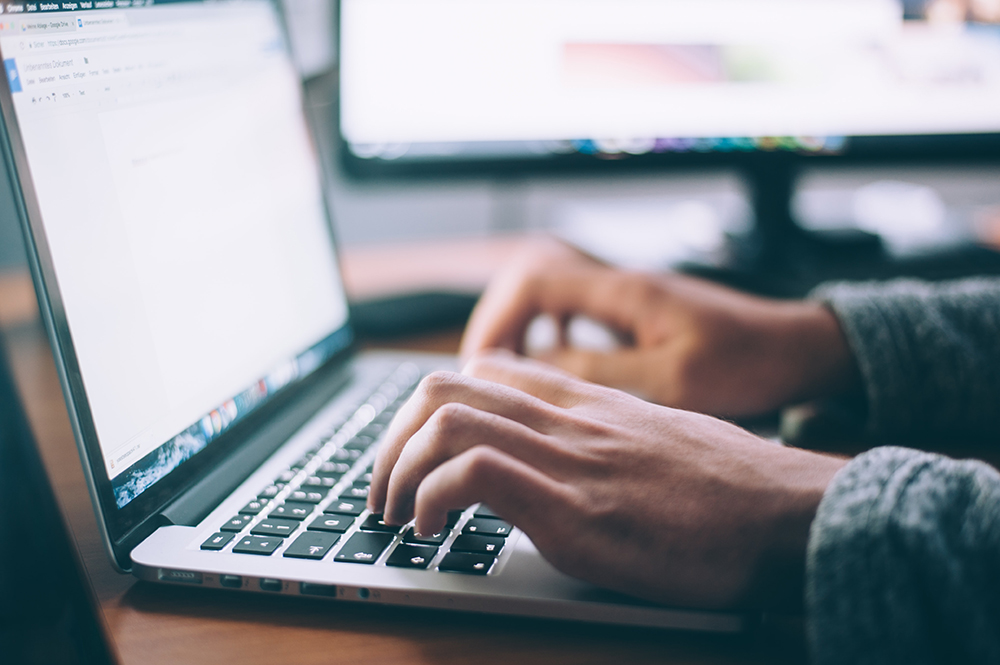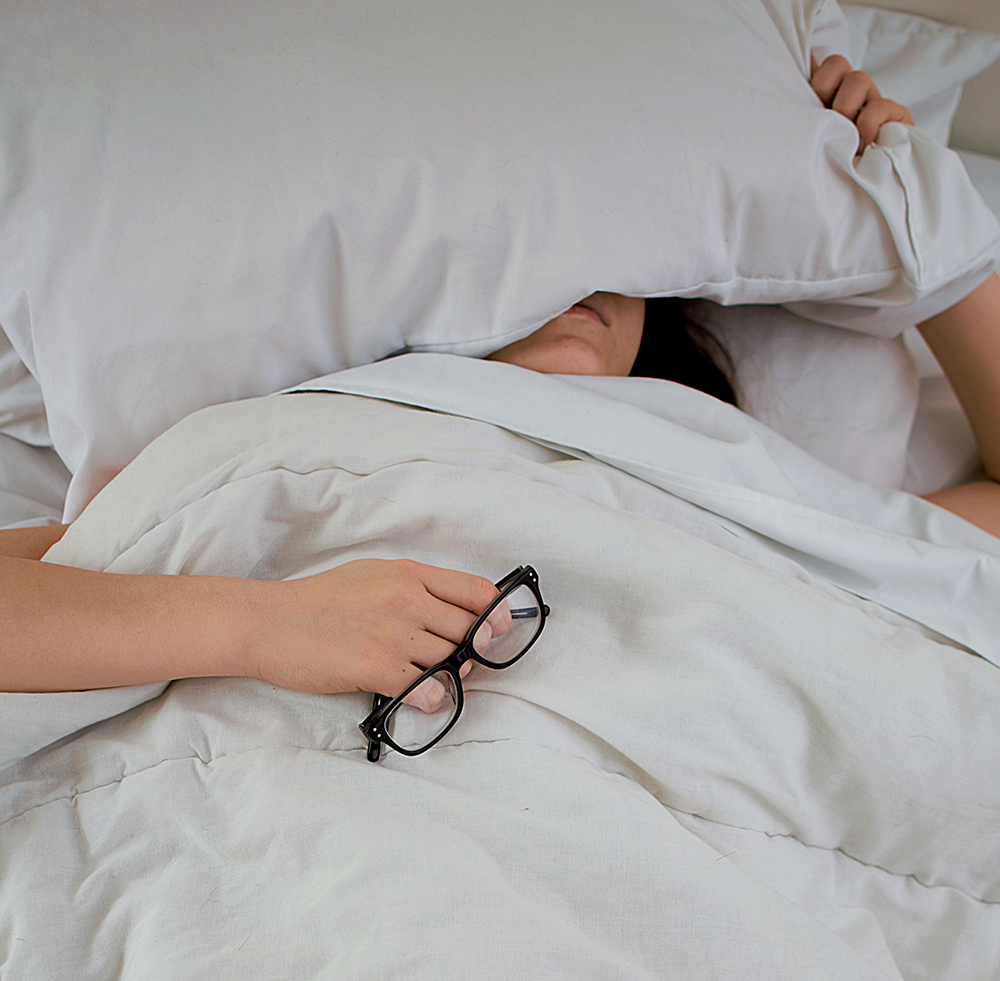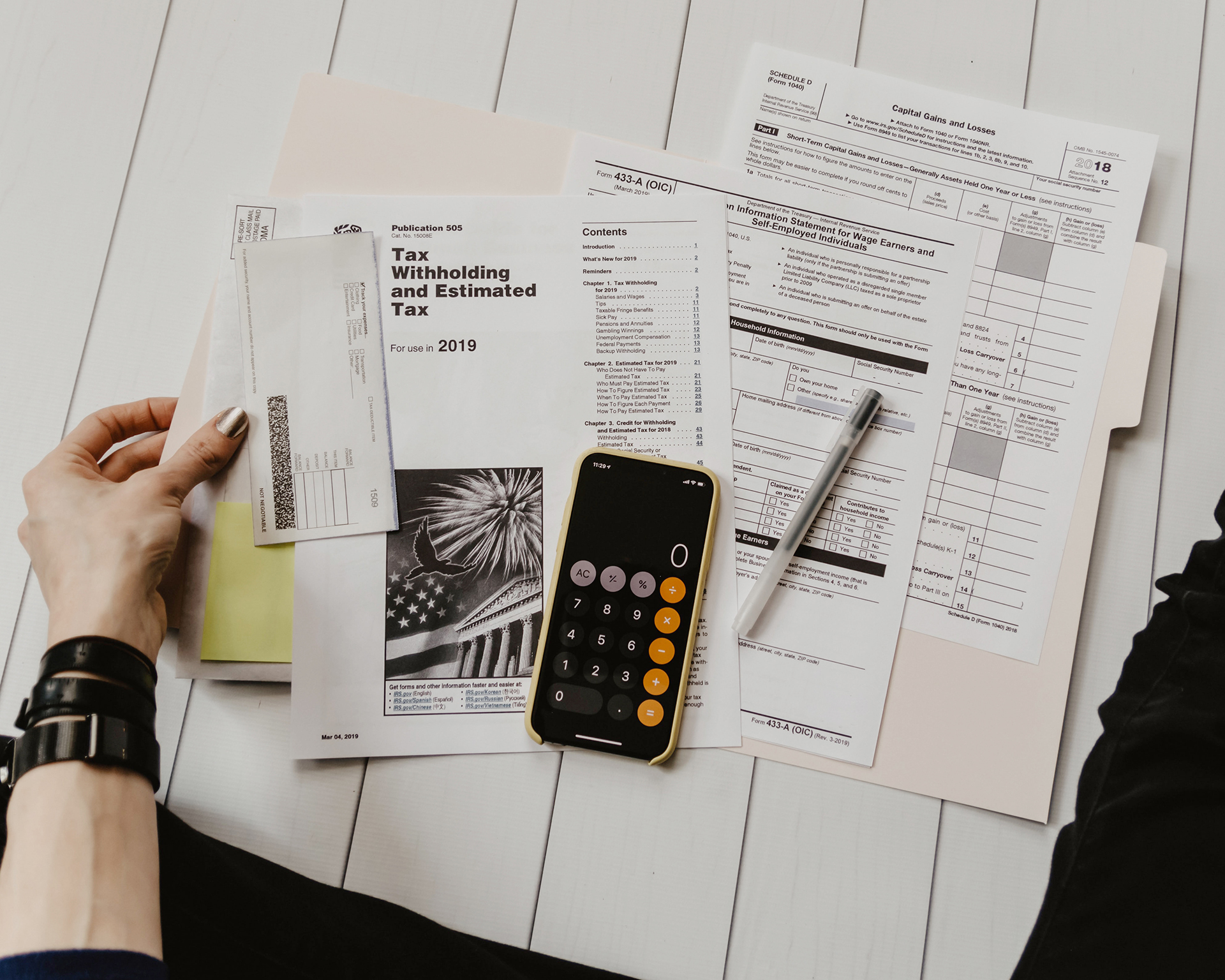By Autumn Gray
There’s caffeine, and then there’s coffee. The two are not one and the same. Though multiple studies have emerged within the last year touting a laundry list of health benefits associated with coffee, there are reasons that no studies show the same benefits to be associated with, say, caffeine-laden energy drinks. In recognition of March as Caffeine Awareness Month, we’re grinding through the highs and lows to help you make more informed choices when it comes to caffeine intake.
Caffeine on its own is a drug, a naturally-occurring stimulant. It’s been shown to make people more alert, improve mental function and short-term memory, and increase reaction times, but in itself has little, if any, medical value, according to local experts.
“Any health benefits are not from the caffeine itself but only when it’s consumed with something else that has other healthful properties,” said Dr. Sunil Pai, owner of Sanjevani Integrative Medicine, Health and Lifestyle Center in Albuquerque. “When you have tea or coffee, the polyphenols, antioxidants, amino acids, and other nutrients are beneficial for health.”
“The problem is that people think of coffee and caffeine interchangeably,” said Shelley A. Rael, a registered dietitian and nutritionist in private practice in Albuquerque.
About 62 percent of Americans drink coffee daily, and the average drinker consumes three cups a day, according to the National Coffee Association. People aged 70 and over drank about 2.2 cups of coffee per capita in 2020, making it the age group that drank the most coffee on average that year, according to the most recent statistics from market and consumer data company Statista.
In general, there should be no downsides for most people to drinking up to the recommended maximum of three 8-ounce cups of joe day, regardless of age. Indeed, there are likely many upsides. According to a decade-long study of almost 500,000 people, regular coffee drinkers of half a cup to three cups were at a statistically significant reduced risk for stroke, heart disease, and death from any cause compared with non-drinkers. (The UK Biobank study was presented at the European Society of Cardiology’s annual meeting last year.) Results released last fall from an American Heart Association study also found decreased heart failure risk associated with drinking coffee, and a study of healthy individuals aged 50-74 published in November in PLOS Medicine showed drinking coffee or tea may be associated with a lower risk of stroke and dementia. Myriad other studies have found that moderate amounts can protect adults from Type II diabetes, Parkinson’s disease, liver disease, prostate cancer, Alzheimer’s and even back pain.
“The challenge for many Americans is the definition of a cup. We tend to supersize,” Pai said. “People are getting a grande or venti and can get 300 milligrams in the container that’s in their hand. So, they’re almost at their daily limit already with one ‘cup’ of coffee.”
In addition to Americans’ struggle with quantity, there’s also the issue of quality. Not all coffee drinks are equal. Black coffee is the best for you. At the other end of the spectrum are frozen coffee drinks. They may well contain the healthful properties of coffee, Rael said, but those small amounts of antioxidants are far overshadowed by the sugar and fat.
“The tendency in America,” Pai said, “is we want the stimulation only, and we tend to sacrifice the health benefits.”
The U.S. Food and Drug Administration recommends an intake of no more than 400 mg of caffeine a day from any combination of sources.
It’s easier to overdose than people might think, Rael said, because people aren’t often aware of just how much caffeine is in their daily diet. Caffeine exists in a number of common drinks and foods besides coffee. These include soft drinks, energy bars, ice cream that contains chocolate or coffee, cereal that contains chocolate, energy drinks (not to be confused with electrolyte-laden sports drinks), and some chewing gum. Caffeine is even present in some over-the-counter pain killers and to some degree in decaffeinated coffee and tea. (Only caffeine free is caffeine free.)
Once people pass 400 mg of caffeine in a day, side effects such as insomnia, headaches, anxiety, heart palpitations, increased blood pressure, loose bowel, and increased heart rate, are more likely.
“It can add up alarmingly fast,” Rael said. “Some energy drinks and shots may even contain other stimulants in addition to caffeine, creating a cumulative effect, which on top of coffee consumption can be toxic. It’s not uncommon to hear about caffeine poisoning deaths.”
While the extreme cases tend to occur in younger people who are more likely to consume caffeine in sources other than and in addition to coffee, seniors are not without risk.
Caffeine is a diuretic, which can cause increased urination. “This can lead to some degree of dehydration, which may lead to problems in older people because older people tend not to hydrate as much,” Pai said.
Older men experiencing enlarged prostate or incontinence issues may also want to be more careful about their caffeine consumption as too much can irritate the bladder.
Many people as they age have difficulty sleeping, so they may want to limit caffeine in any form to the early part of the day, possibly no later than lunchtime.
Also important, as Albuquerque enters spring allergy season, people of all ages should be aware that decongestants and nasal sprays contain ingredients that increase heart rate. “If you drink coffee on top of that, you could see problems like heart palpitations,” Pai said.
For anyone thinking they’ll just substitute regular coffee and tea with their decaffeinated counterparts, you might want to think again. Decaffeination is a chemical process that typically removes not only a lot of the caffeine but also some of the good-for-you polyphenols and antioxidants.
“I think it’s criminal to have decaf coffee,” Rael said. “So, I really try to help people build caffeine safely into their lifestyle if they desire it. Besides, most people, if I told them they needed to stop having coffee, it would need to be a life-or-death situation (for them to listen).”
Here are the amounts of caffeine expected per 8-ounce serving of some popular beverages, according to Healthline:
- Espresso: 240–720 mg
- Coffee: 102–200 mg
- Yerba mate: 65–130 mg
- Energy drinks: 50–160 mg
- Brewed tea: 40–120 mg
- Soft drinks: 20–40 mg
- Decaffeinated coffee: 3–12 mg
- Cocoa beverage: 2–7 mg
- Chocolate milk: 2–7 mg



